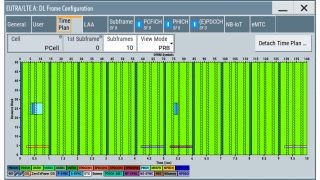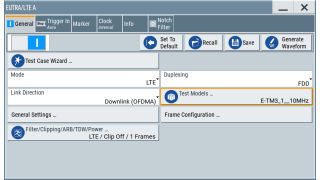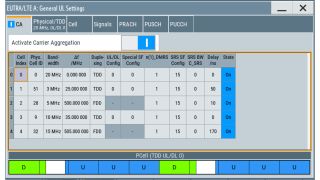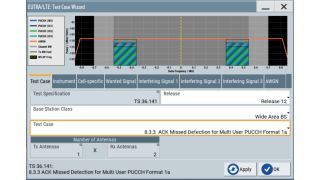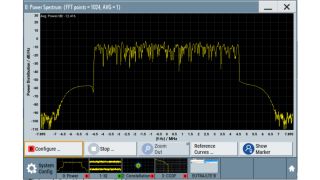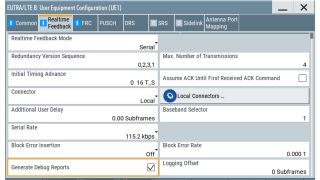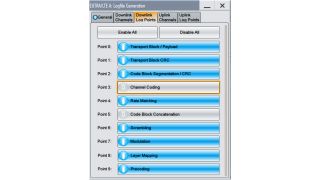Key facts
- Uplink/downlink FDD or TDD signals in line with 3GPP Release 8 to 15
- LTE, NB-IoT, sidelink (D2D, C-V2X) physical layers and features
- Real-time HARQ feedback, timing adjustment and timing advance
- Test case wizard for easy test setup in line with 3GPP TS 36.141
- Logging of intermediate results from the signal generation chain



